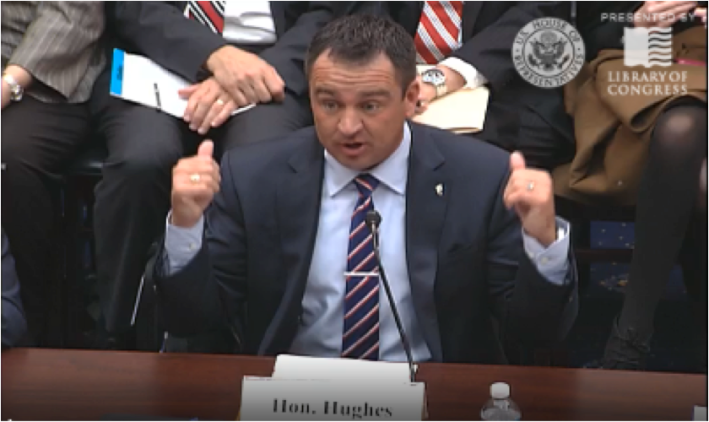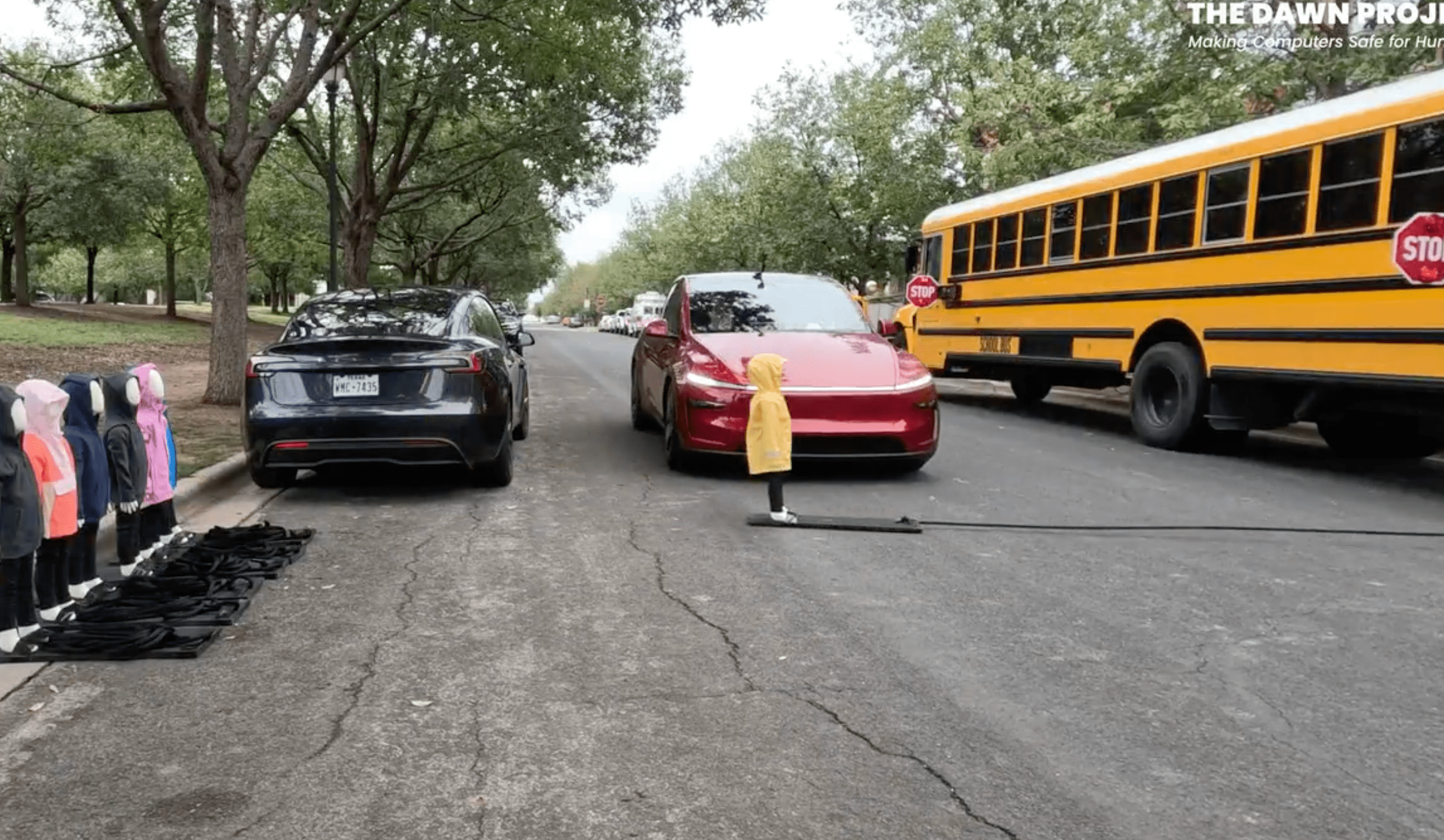Greg Hughes is the majority whip of the Utah State Legislature and the chair of its conservative caucus. He got a 100 percent score last year by the conservative Sutherland Institute, a Utah think tank. He also chairs the board of the Utah Transit Authority.

The man loves transit.
Hughes grew up in Pittsburgh, Pennsylvania. He said he always understood that public transportation has a place in a city of that size. In fact, he used it himself, as he didn’t have access to a car while he lived there. (Hughes attended college in Utah, so may not have been of driving age for much of his Pittsburgh residency.) But even at the time he joined the board of the UTA, he still thought transit didn’t make sense for Utah.
“As a conservative Republican, my opinion of mass transit was that it seemed reasonable -- or a necessity -- in Pittsburgh, but certainly in a state like Utah may be an over-subsidized social service,” he told members of the U.S. House of Representatives' Highways and Transit Subcommittee this week. “So I warned the mayors that if I was going to serve on this board they might not like what I had to say.”
He said he was able to bring a state official's emphasis on fiscal conservatism to the board, but he also gained some valuable perspective:
[I] was able to understand a little bit better, in a state like Utah, where you see how quickly we’re growing, the absolute need we have to be multi-modal. When I sat every year and looked at how many roads we needed to keep in good repair, and how much expansion we needed for the population that was growing, I became agnostic in terms of mode.
It was fiscal conservatism itself that sold him on transit. Hughes just watched his state spend a billion dollars to expand a freeway, only to see that one of the $30 million interchanges is projected to be completely congested in six years. “How do we begin to pay for that, as a state?” he mused. “We have to have multi-modal.”
He's started to preach the good news to his fellow conservatives, telling them, “If you like getting to work on time, you’ll love that 80 percent of the light rail commuters along our new line own automobiles and would have been in your way.”
Infrastructure is a perfect place for bipartisanship, Hughes said -- a lesson that some national lawmakers seem to have learned from MAP-21 and the recent passage of the water resources bill.
As we find these areas of agreement that exist in public policy -- and they don’t always exist; I know this -- I think that it builds confidence in our constituents. So when we don’t agree on some things, maybe there’s more legitimacy to those disagreements. Because we have found places where we work together, where we get things done, where we make things better for our constituents.
Later in the hearing (you can watch the video here), which was held to examine the federal New Starts transit program (more on that later), Hughes touted Salt Lake’s brand new streetcar, which has already attracted a billion dollars of development around the corridor. He said the real subsidies come in when the transit agency starts building parking.
“When you have rail, the one thing that you may see communities subsidize is structured parking,” he said, “where you can’t afford to see the footprint go a quarter of a mile of asphalt to accommodate the cars. You may have to preserve that footprint by structuring your parking.”
He also acknowledged that “structured parking is one of the biggest challenges in getting transit-oriented development around these platforms.” Though Utah’s transit system has won countless accolades, it does get some deserved criticism for failing to build TOD at some of its transit stops. Hughes estimates that there are probably a combined 80 acres of land around Utah’s transit platforms that could be “parlayed into development.”
Hughes brought his 14-year-old daughter to Washington with him and he gestured to her at one point in the hearing and said, “This is the generation we’re talking about.” The “emerging workforce” wants to stay productive while they commute and “explore the freedom technology now brings.” That freedom, he indicated, is found in transit.





